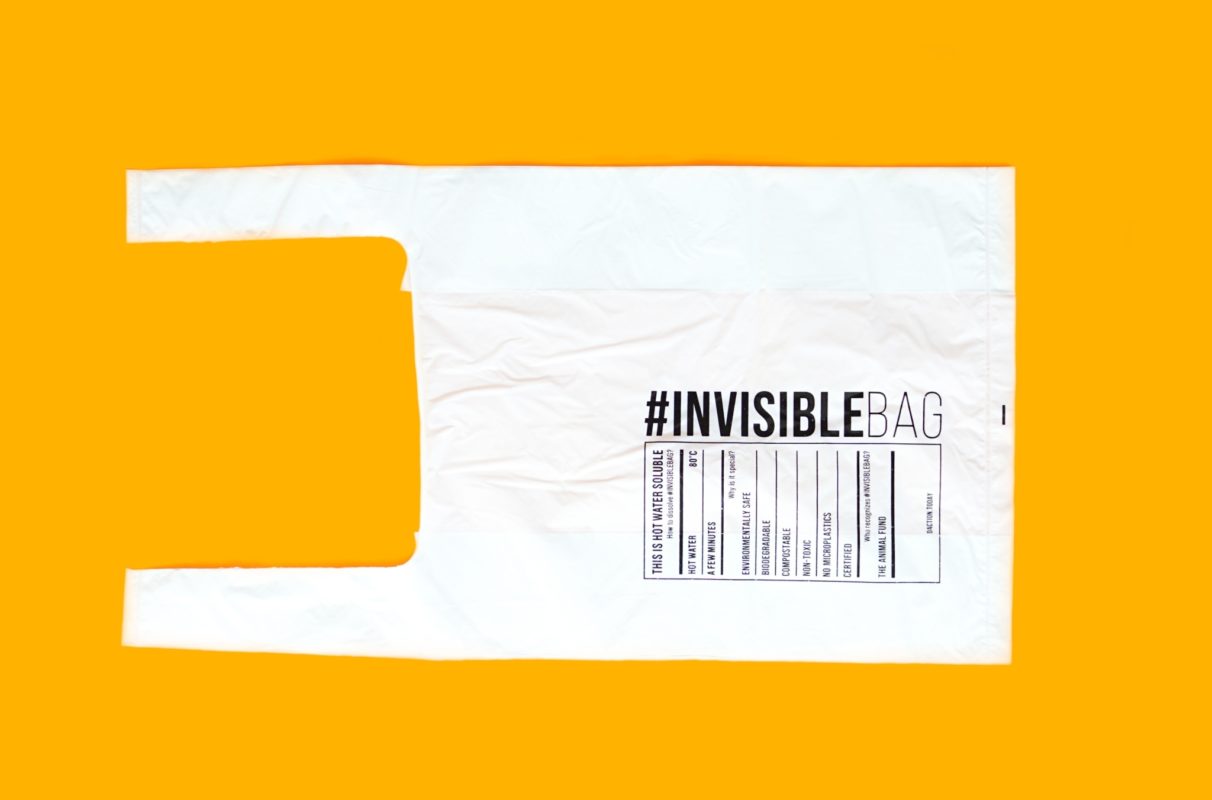What is PVA?
PVA, short for polyvinyl alcohol, is a colorless, odorless synthetic polymer that is soluble in water. As a synthetic polymer, PVA is classified as a plastic made from fossil fuel sources. It is sometimes abbreviated to PVOH or PVAl to differentiate it from a similarly named compound, polyvinyl acetate which is most commonly used in wood glues.
What are PVA’s applications?
A versatile material, it’s used in a wide variety of industries. It has high tensile strength, flexibility, oil, grease, and solvent resistance, as well as air impermeability and low toxicity. Examples include medicine, where it is used for cartilage replacements and as capsules for drugs. And it is used in fibre production to prevent breakages. PVA is also a key component in making high-gloss paper.
High Purity 99% pva industrial grade polymer powder polyvinyl alcohol pva good price pva 1788 2488 powder
How is it used in packaging?
PVA forms strong flexible films that perform well as oxygen and aroma barriers. It is also resistant to oil, grease, and solvents.
These properties make it ideal for sachets, especially if the liquid inside is to be dissolved in water (for example, ‘pod’ packaging for laundry detergent). As mentioned before, it is frequently used in tablet capsules also.
More recently it is being used as a more sustainable alternative to LDPE plastic bags which are commonly used in shopping or garment bags such as the Invisible bag pictured at the top of this post.
What makes PVA so sustainable?
PVA advocates promote its EOL (end-of-life) performance, where its ability to be broken down by bacteria and its low toxicity provide a more sustainable alternative to other materials such as LDPE.
It should be noted that dissolving it in water does not mean the PVA has disappeared. Much like dissolving salt in water, you cannot see it but the salt is certainly still there. Studies have shown that solutions containing up to 5% PVA are non-toxic to fish.
While bacteria and fungi can biodegrade the material, this occurs slowly – one study indicates degradation of just 32% during wastewater treatment processing, with the remainder either released into the environment, landfilled, incinerated or used in agriculture together with other waste treatment endproducts. The effects of this remaining 68% are poorly understood as of writing, but biodegradation will continue to occur.
As a synthetic polymer manufactured from acetic acid and ethylene, PVA is usually derived from fossil fuels, though it is possible (although uncommon) to source ethylene made from renewable, bio-based sources.






